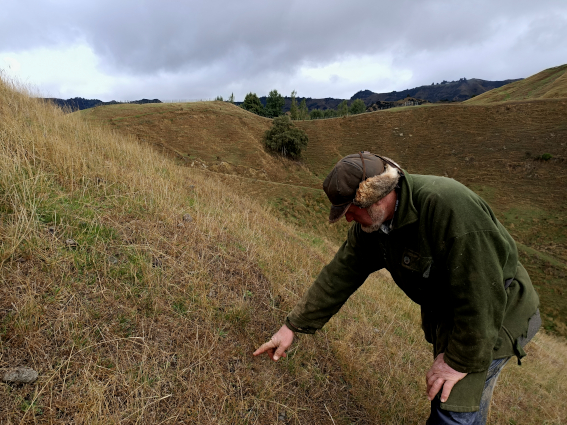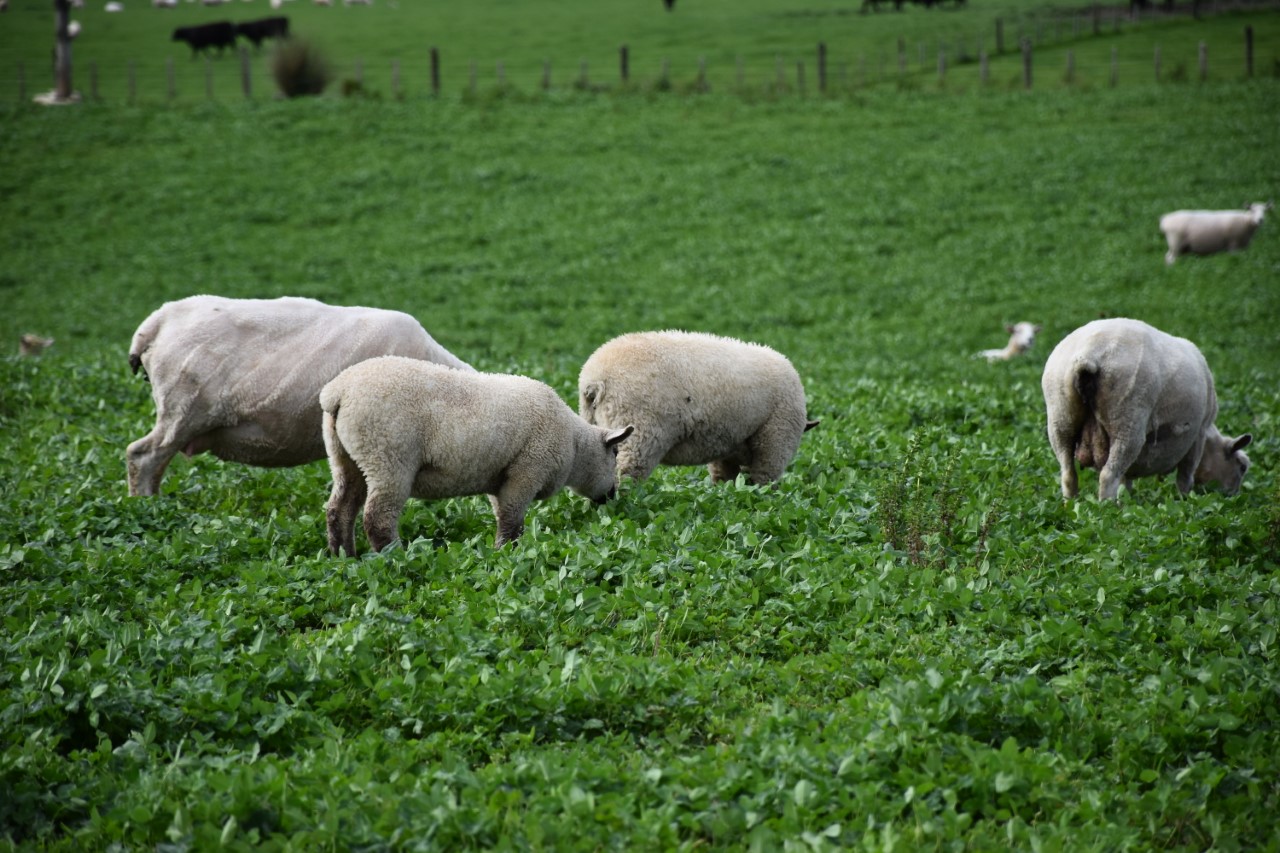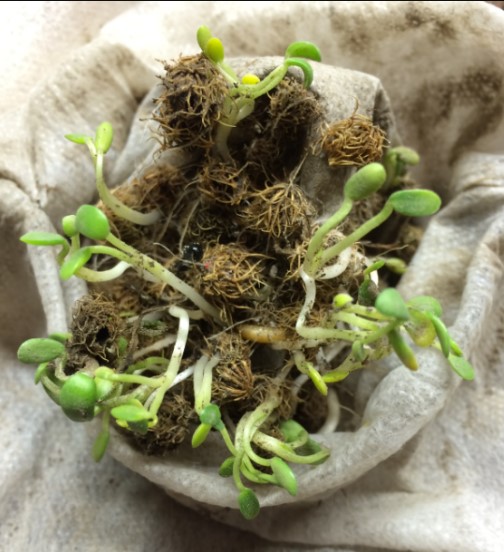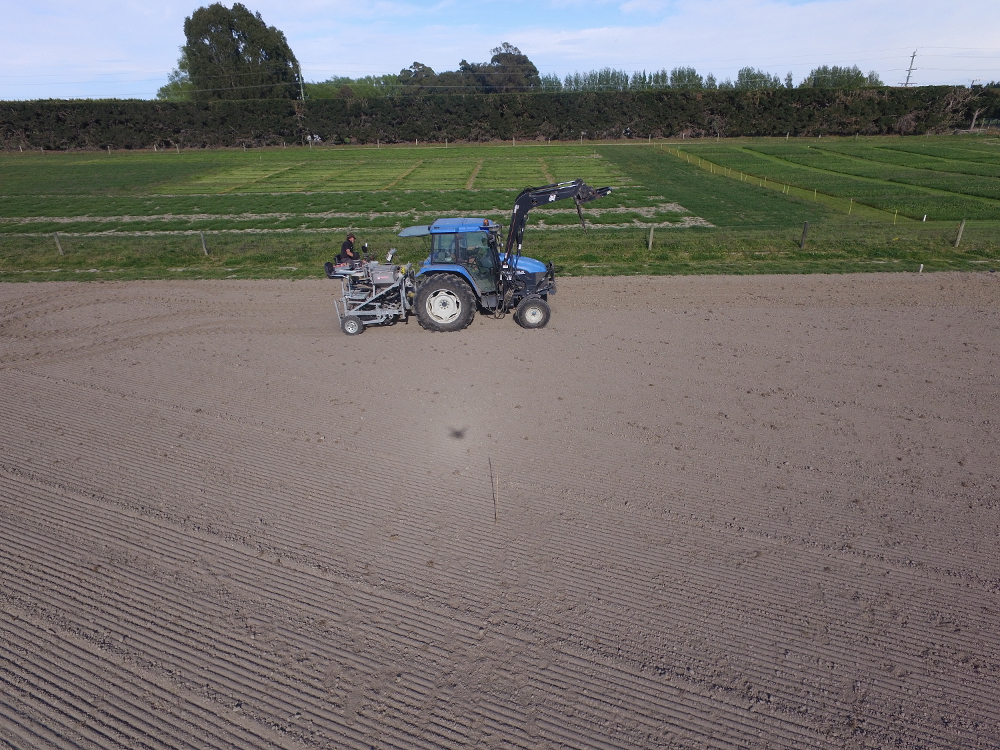Spring sown lucerne at Bonavaree
Prof Moot visited Marlborough again last week to catch-up with Fraser Avery. They checked out the new lucerne which will be a key part of summer management for Bonavaree when things turn dry. Fraser has some new lucerne each year to provide mid-summer feed when the pastures and older lucerne have used up their water. … Read more









